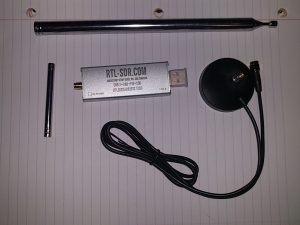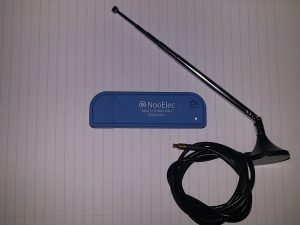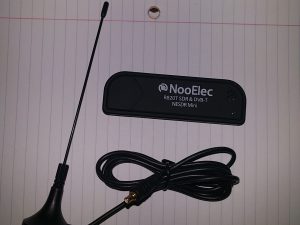I’ve stumbled around with Shodan.io for a while now. It’s a great tool, but using it effectively has always eluded me. John Matherly has given me some great advice on twitter, and I like Daniel Miessler’s Shodan Primer. But I never really find the information I need at the time.
While I know it is great to find webcams and spying Super Gnomes, that is just something I don’t use Shodan for. A lot of the reason I use Shodan lately is for work. Usually someone in management asks will if anyone knows what Shodan knows about the company. Which of our systems are listed on there.
Today while stumbling around trying to look up the company name and the netblocks, and using Dan’s cheatsheet (linked above), I noticed a new link on the page. Book.
This link goes to Lean Pub’s “The Complete Guide to Shodan” by John Matherly. It is a pay what you want book. They suggest just under $5.00 USD, for the 60 page booklet. I’m saying it’s worth more than that. I paid $10.00, which I still think is too low for this book.
The book can be delivered to your Kindle or downloaded as a pdf, an Epub, or Mobi file. I grabbed the PDF and Kindle copies of the file (too small to read on my phone and never figured out how to get it to show up in the Kindle Cloud reader).
This book is divided up in to Web Interface, External Tools (like the linux command line), Developer API, Industrial Control Systems, Appendices, and Exercise Solution.
There are exercises at the end of the Web Interface, External Tools, and API sections. Not all of them worked the way they were described in the book. For example I couldn’t find the Rastalvskarn Powerplant, even though it shows up with the link in the solution section.
I’ve read some documents on the API and struggled to get them to work. After reading the book, while I still have some questions, I know I can write the Network Alert that management wants.
Get this book, it’s worth more than anything you’ll pay for it. While it is only just over 60 pages, the content is great! Especially especially the Filter list in Appendix B.
p.s. It is worth getting an account, and paying for access.



